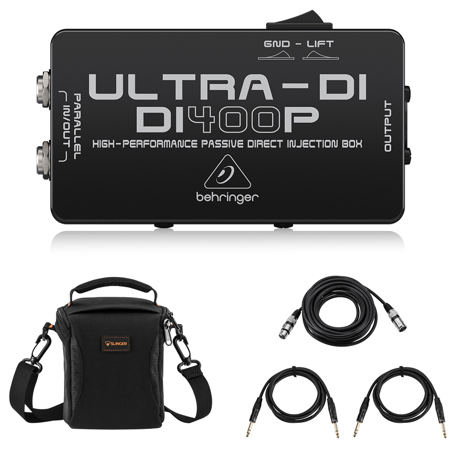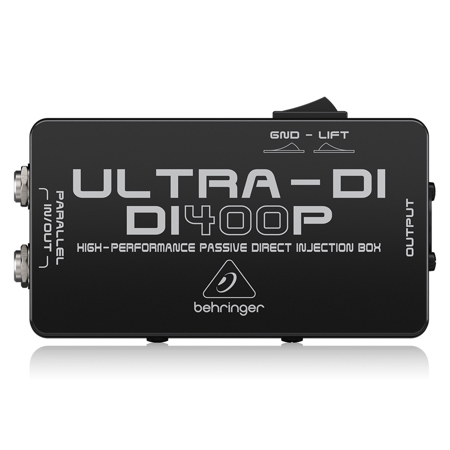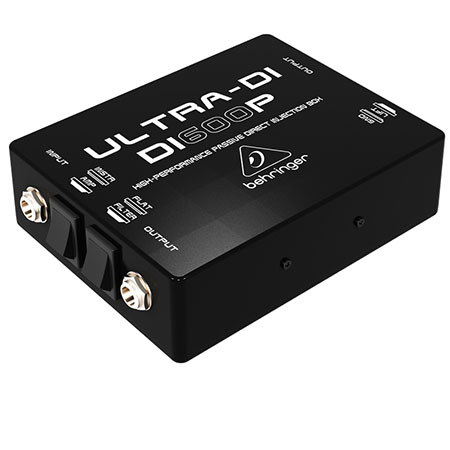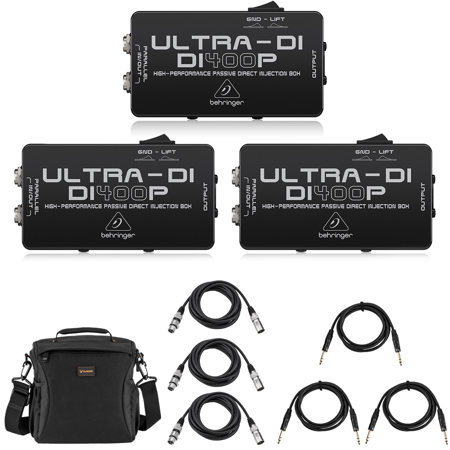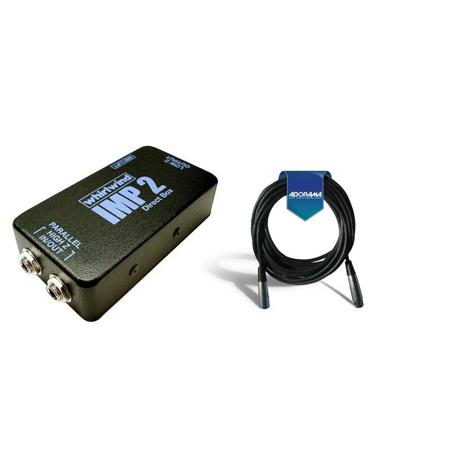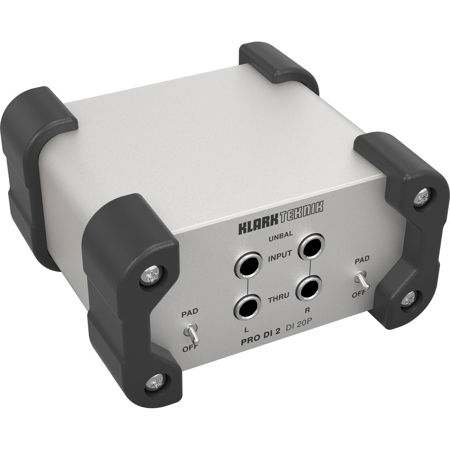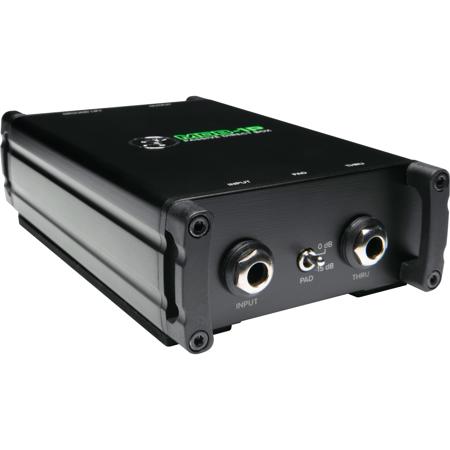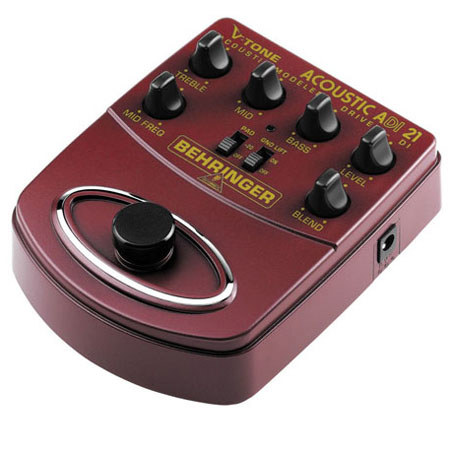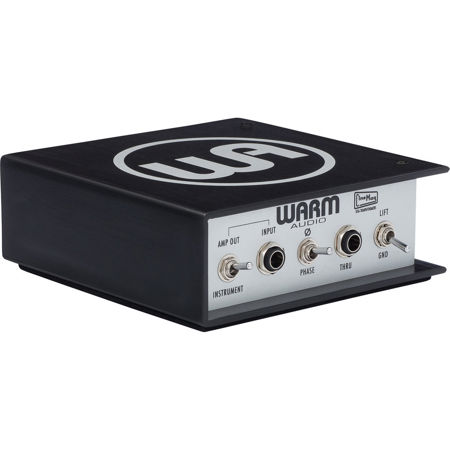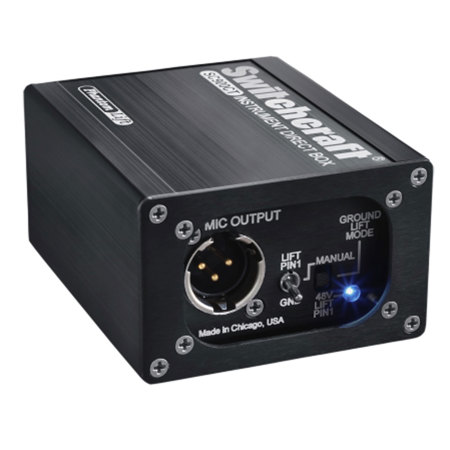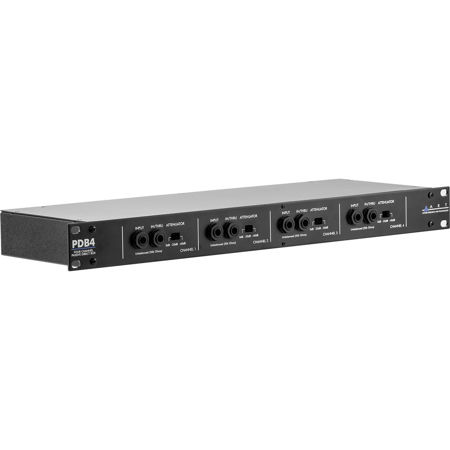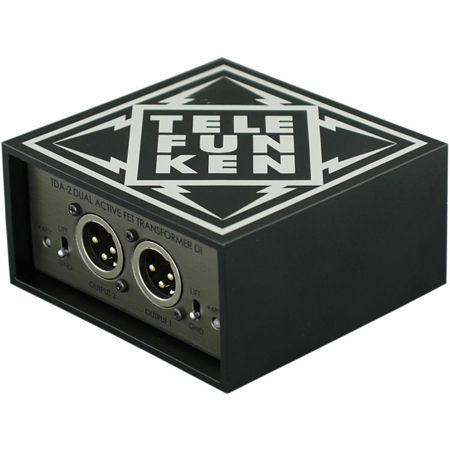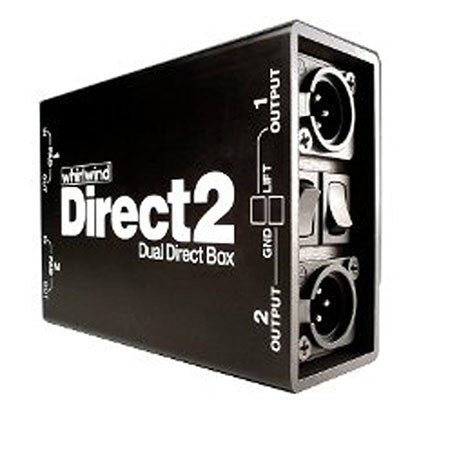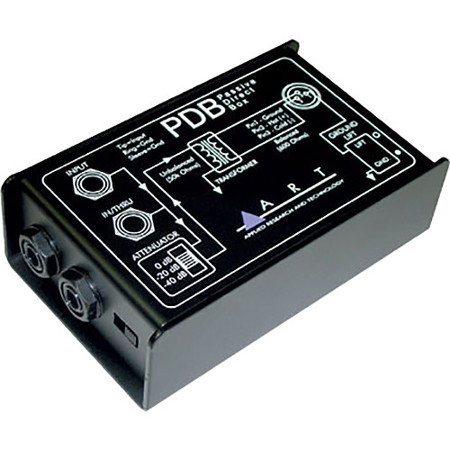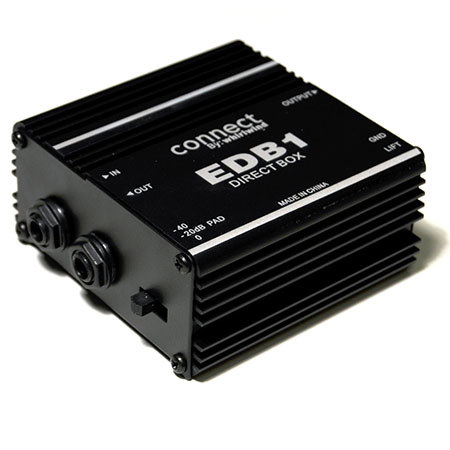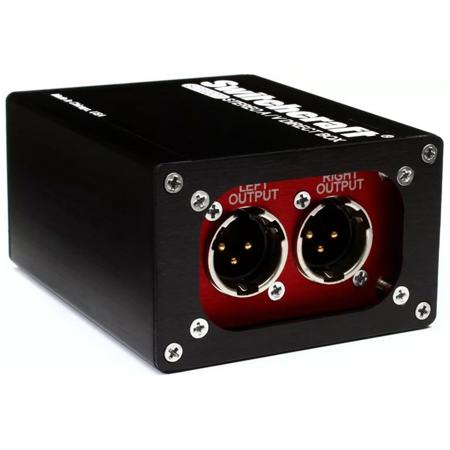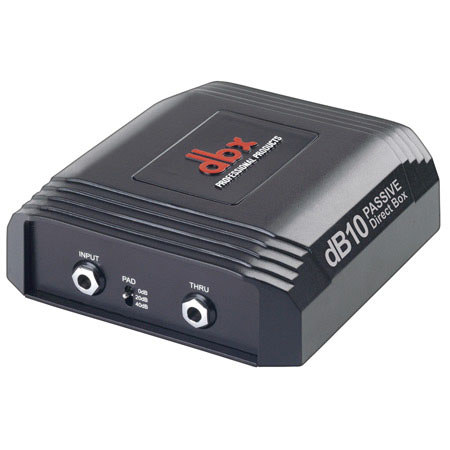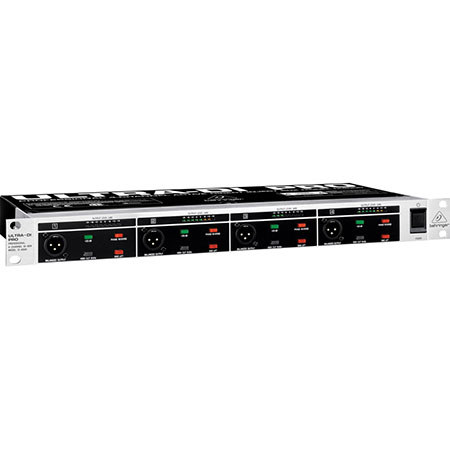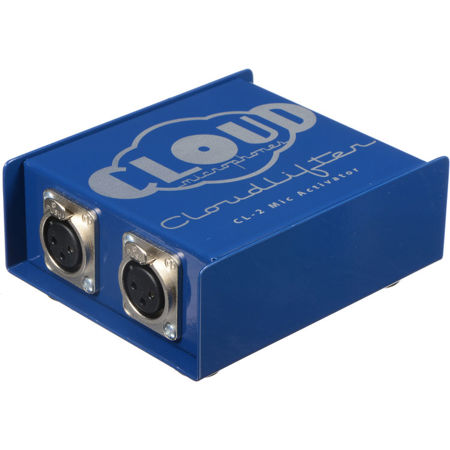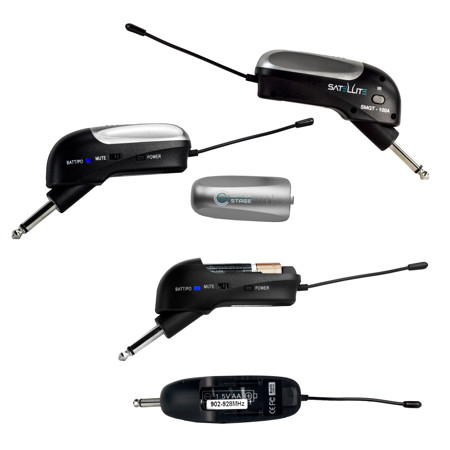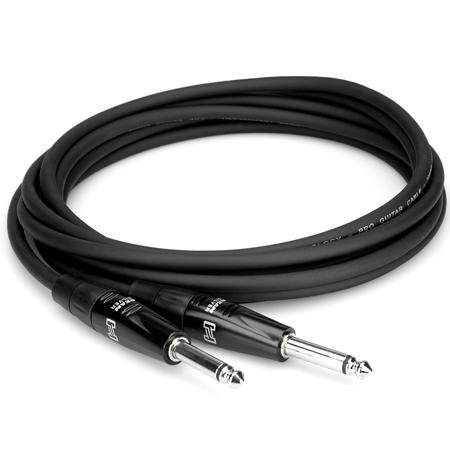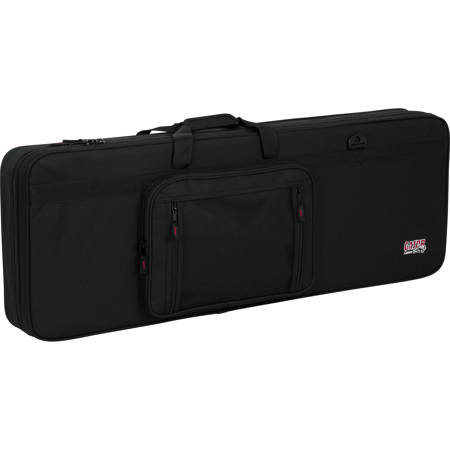Passive DI Boxes for Guitars
Whether you're a seasoned guitarist performing on stage or a passionate hobbyist recording at home, passive DI boxes are essential tools for achieving pristine, noise-free sound. These compact devices are designed to convert high-impedance, unbalanced signals from electric guitars and basses into balanced, low-impedance outputs, making them ideal for connecting instruments directly to mixing consoles, audio interfaces, or PA systems. As autumn ushers in a busy season of live gigs, studio sessions, and creative projects, the importance of reliable, high-quality signal routing becomes more apparent. The best passive DI box can make all the difference in preserving the character of your instrument while eliminating unwanted hum and interference. Passive DI boxes are particularly favored for their simplicity and durability—no batteries or phantom power required—making them a dependable choice for musicians who value plug-and-play convenience, whether setting up at a local open mic or dialing in tones for a home recording.
Passive DI boxes are a thoughtful gift for guitarists, bassists, keyboard players, and even DJs—essentially anyone who needs to connect their instrument to professional audio equipment without sacrificing tone or clarity. Their robust construction means they can withstand the rigors of touring, frequent rehearsals, and the occasional accidental drop in a dark backstage area. For those who regularly play in venues with less-than-ideal electrical setups, a passive DI box acts as a safeguard, reducing ground loops and ensuring a clean, consistent signal. Sound engineers and producers also appreciate having a few passive DI boxes on hand, as they’re indispensable for re-amping, splitting signals, or integrating vintage gear into modern setups. With the holiday season approaching, a passive DI box makes a practical and appreciated gift for any musician looking to upgrade their rig or solve persistent noise issues.
When choosing a passive DI box, consider the type of instruments and equipment it will be paired with, as well as the environments in which it will be used. Guitarists who frequently switch between electric and acoustic instruments may benefit from models with versatile input options and attenuation switches. Those working in stereo setups—such as keyboardists or multi-instrumentalists—might want to explore the expanded capabilities of Stereo DI Boxes for added flexibility. Pay attention to build quality, transformer specifications, and available connectivity features to ensure your DI box meets the demands of both stage and studio. Whether you’re capturing the lush resonance of an acoustic guitar on a crisp October evening or rocking out with a full band under the bright lights, a reliable passive DI box is the unsung hero that keeps your sound clear, powerful, and true to your artistic vision.
Passive DI boxes are a thoughtful gift for guitarists, bassists, keyboard players, and even DJs—essentially anyone who needs to connect their instrument to professional audio equipment without sacrificing tone or clarity. Their robust construction means they can withstand the rigors of touring, frequent rehearsals, and the occasional accidental drop in a dark backstage area. For those who regularly play in venues with less-than-ideal electrical setups, a passive DI box acts as a safeguard, reducing ground loops and ensuring a clean, consistent signal. Sound engineers and producers also appreciate having a few passive DI boxes on hand, as they’re indispensable for re-amping, splitting signals, or integrating vintage gear into modern setups. With the holiday season approaching, a passive DI box makes a practical and appreciated gift for any musician looking to upgrade their rig or solve persistent noise issues.
When choosing a passive DI box, consider the type of instruments and equipment it will be paired with, as well as the environments in which it will be used. Guitarists who frequently switch between electric and acoustic instruments may benefit from models with versatile input options and attenuation switches. Those working in stereo setups—such as keyboardists or multi-instrumentalists—might want to explore the expanded capabilities of Stereo DI Boxes for added flexibility. Pay attention to build quality, transformer specifications, and available connectivity features to ensure your DI box meets the demands of both stage and studio. Whether you’re capturing the lush resonance of an acoustic guitar on a crisp October evening or rocking out with a full band under the bright lights, a reliable passive DI box is the unsung hero that keeps your sound clear, powerful, and true to your artistic vision.

